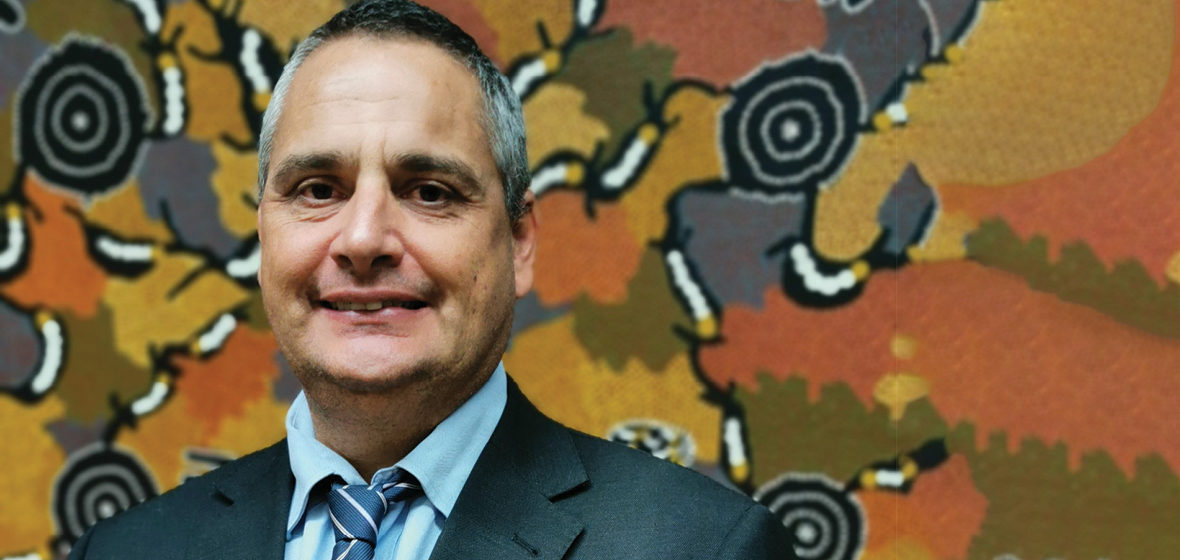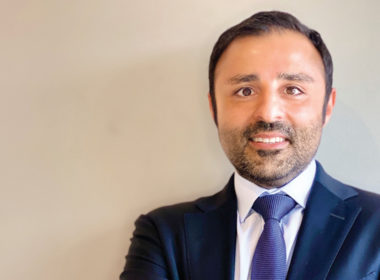With more than 20 years’ experience in administrative law, Aboriginal land rights, native title, environmental planning and cultural heritage, Jason Behrendt, Yuwaalaraay, is Managing Director of Chalk & Behrendt and won the Law Society of NSW President’s Medal in 2019 for his contribution to law and policy affecting Indigenous Australians.
The case concerned a successful claim under the Native Title Act 1993 (Cth) seeking recognition of the traditional laws and customs of the Lardil, Yangkaal, Gangalidda and Kaiadilt people, situated in the Wellesley Islands in the Southern Gulf of Carpentaria, in relation to their coastal waters.
Under their traditional laws and customs, there is no distinction between land and waters and the coastal waters were a very important economic resource. If you wanted to go to these waters, you were required to ask permission and share what you catch. While they had protection for a significant amount of the land they lived on, they had no protection or recognition of their interest in the waters.
When the case commenced, there wasn’t a lot of guidance on how the Native Title Act would operate. There were issues as to whether you could even recognise native title in coastal waters. That was ultimately decided in the Croker Island case while this matter was running.
In fact, the Lardil, Yangkaal, Gangalidda and Kaiadilt people intervened in Croker precisely because their interests were being argued in the Federal Court as well. It was awkward running a case where the law on native title hadn’t developed. There was always some risk the goal posts would move.
At the time, I was a junior solicitor and was privileged to work with some fantastic barristers and experts. As an Indigenous lawyer, the idea of doing work with these communities that had such remarkable histories and evidence to give about their connection to country was a very significant and personally fulfilling experience.
It also carried a lot of stress. It was an injustice that these communities had to go to court to prove their traditional connection to the land. They were put to proof on absolutely everything. The process was fairly offensive. I found some of the cross-examining of elderly Aboriginal people a bit perverse.
The second hearing coincided with the Sydney Olympics and I remember watching the opening ceremony, which was a celebration of Aboriginal culture and heritage. It was a stark reminder that while Australia is happy to put things on display when it suits, when it comes to genuine recognition of those interests there are many roadblocks.
This case was about the recognition of laws and customs of Aboriginal people that have been around since time immemorial. It was fantastic to be involved in a process whereby the Australian legal system recognised those.
This case and others like it are important. It shows how Indigenous laws and customs so profoundly tie people to their country, how the songs and ceremonies imbue the landscape with cultural values so that when you hear how people view their country, you never look at it in the same way again.
It was a challenge to convey these concepts to a court. Translating the spiritual into the legal isn’t simple. Ultimately, it was a rewarding experience and the reason I’ve continued to practise in this area of law. The privilege of working with the Lardil, Yangkaal, Gangalidda and Kaiadilt people to have their traditional laws and customs recognised is a unique experience that I’ll carry with me forever.




